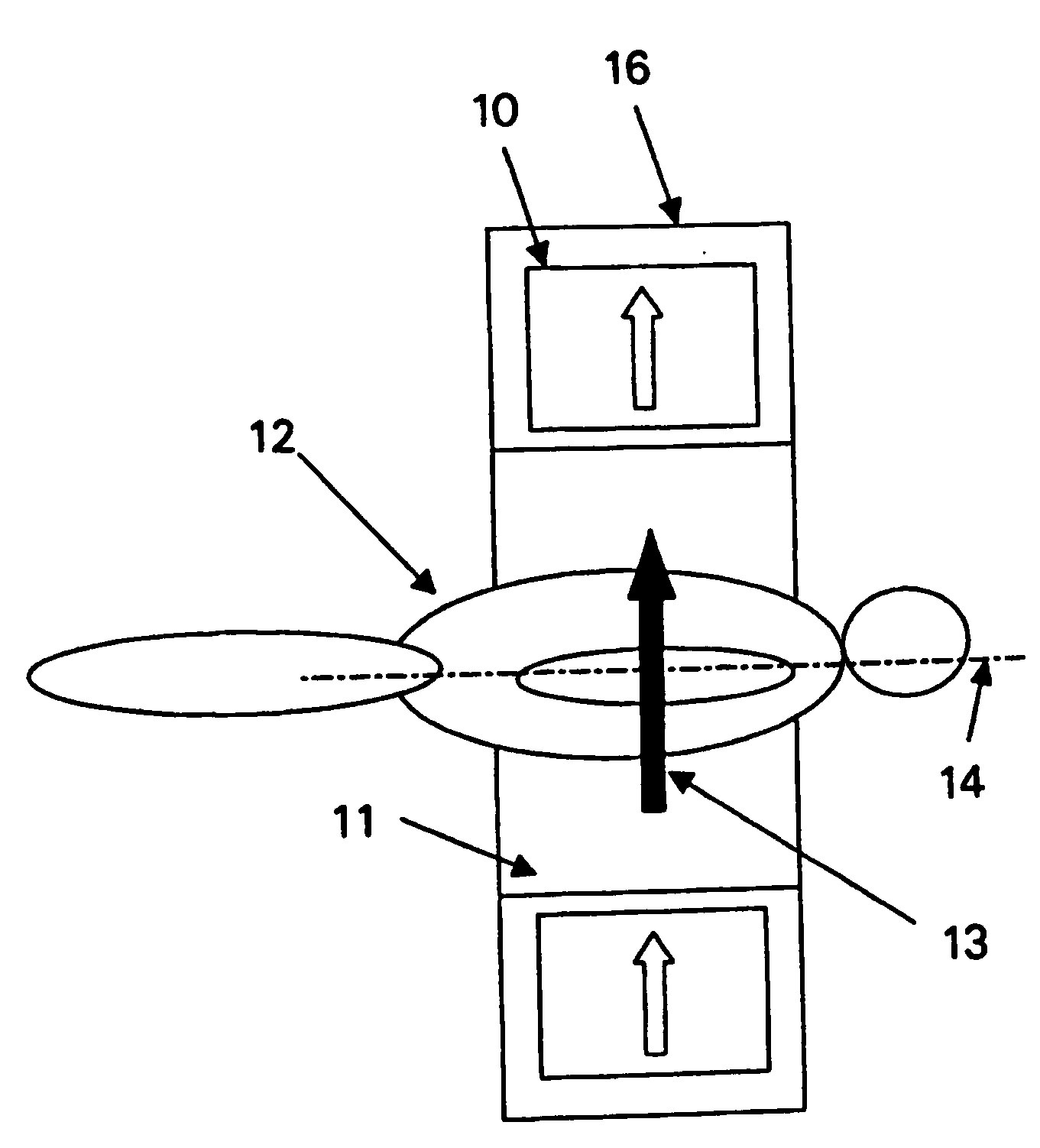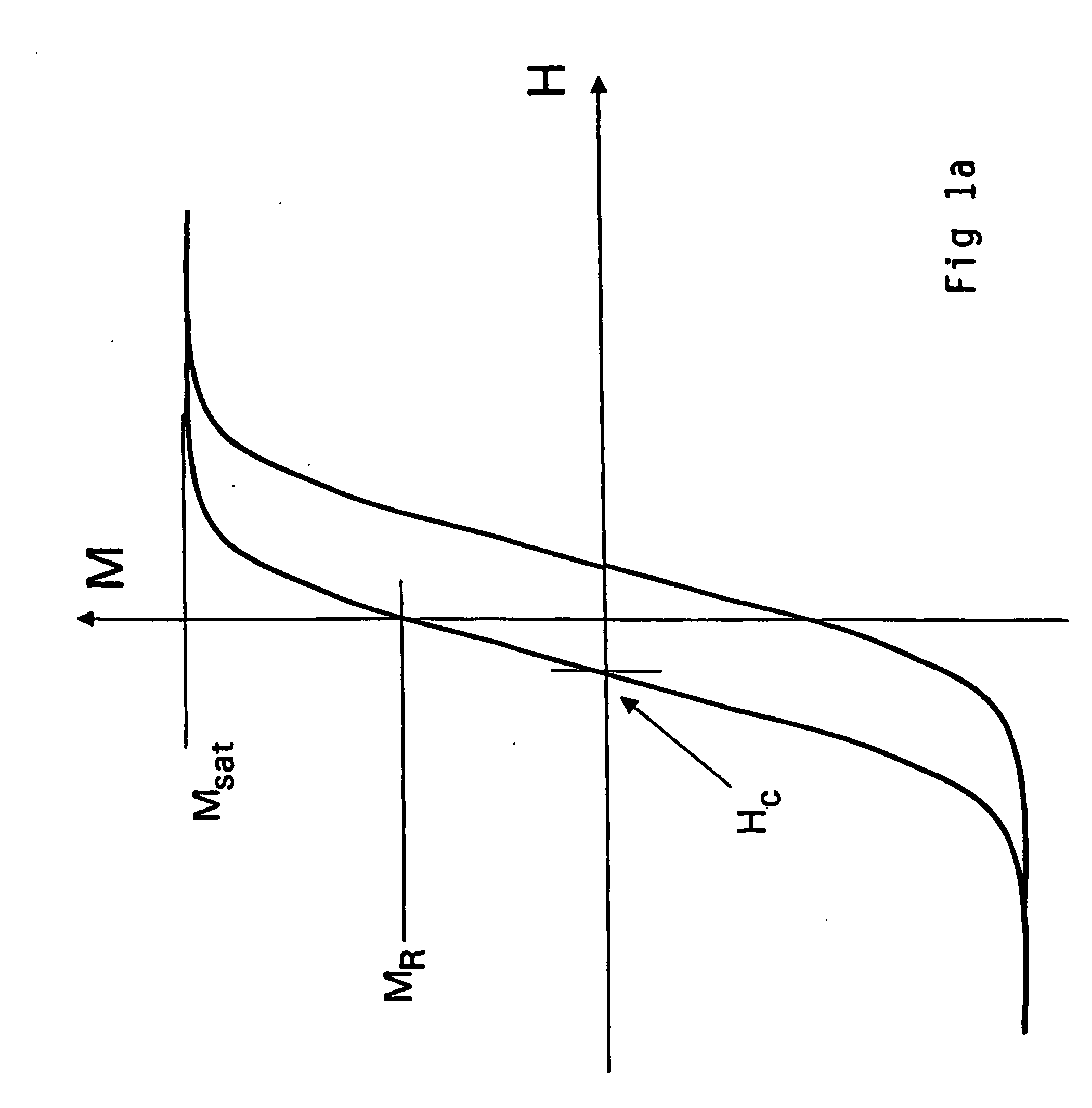Magnetic particles for therapeutic treatment
a technology of magnetic particles and therapeutic treatment, applied in the direction of electrotherapy, pharmaceutical delivery mechanism, therapy, etc., can solve the problems of limiting the dose of drugs that can be administered, affecting the effect of cytotoxicity, and compromising chemotherapy
- Summary
- Abstract
- Description
- Claims
- Application Information
AI Technical Summary
Benefits of technology
Problems solved by technology
Method used
Image
Examples
Embodiment Construction
[0027] The particles for use in the present invention may be of any suitable size, but will preferably be on the nano scale, i.e. less than 1 μm. The particles may therefore be referred to as nanoparticles. Preferably the particles comprise a magnetic core within a bio-compatible coating, the particle core being from 50 nm to 500 nm in size, more preferably approximately 100 to 150 nm in size. The optimum size will depend, at least in part, on the choice of material. Further reference to the size of the particles should be taken as referring to the magnetic core material and not the total size with any coating, unless there is a statement to the contrary.
[0028] In order to be efficacious, a sufficiently large force must be generated to damage critical elements of the cell's structure. To a large extent this depends on the mechanical properties of the cell (in turn described by complex properties of cytoskeletal viscoelasticity, rheology, tensegrity, etc). However, current research ...
PUM
 Login to View More
Login to View More Abstract
Description
Claims
Application Information
 Login to View More
Login to View More - R&D
- Intellectual Property
- Life Sciences
- Materials
- Tech Scout
- Unparalleled Data Quality
- Higher Quality Content
- 60% Fewer Hallucinations
Browse by: Latest US Patents, China's latest patents, Technical Efficacy Thesaurus, Application Domain, Technology Topic, Popular Technical Reports.
© 2025 PatSnap. All rights reserved.Legal|Privacy policy|Modern Slavery Act Transparency Statement|Sitemap|About US| Contact US: help@patsnap.com



